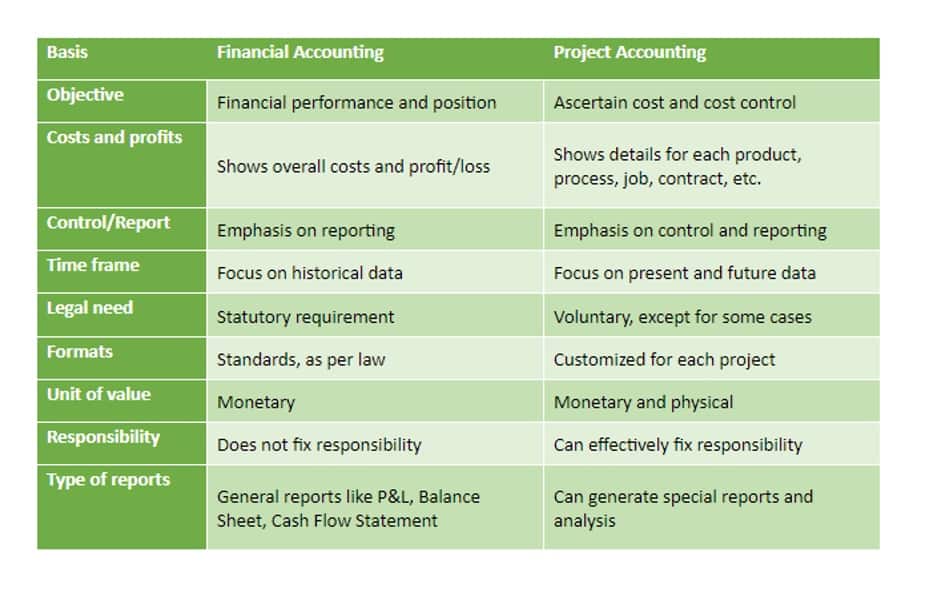
For simplicity, the reference value, which may refer to a given year (base year), is usually set to 100. An index value of 110 then indicates an increase by 10 % compared to the value in the reference period. This simple index series shows an inflation rate of 3.5% in the first year. As you can see, the management of base year expenses can potentially save (or cost) you thousands of dollars over the course of your lease term. It’s also in your best interest to negotiate a lease that grants you the right to request an audit of the landlord’s operating expenses records.
Thanks to inflation, office rental prices in many U.S. markets can be expected to go up by 3% each year. Ask your landlord for operating expense data from the previous two or three years of rental history and look at the trends. Using that as a reference, set aside an estimated 2-3% of your current year’s operating expenses to prepare for the following year’s potential hike in operating expenses. These expenses, such as elevator maintenance or water utilities, directly benefit all of the tenants of a property and as such, after the base year, each tenant becomes partially responsible for those costs. For example, a landlord might decide to delay installing that new HVAC system until you’re a year out from your base year.
Freestar Collective Settler or Neon Street Rat or United Colonies Native
Investors can perform a base-year analysis of a company’s financial statements to determine whether or not its bottom line is growing consistently. If you have extra trait slots, you might as well take Raised Enlightened or Raised Universal, as you’ll get access to exclusive loot depending on which religion you statement of account side with. There’s no right or wrong trait to pick — but depending on how you want to play, some traits are better than others. Based on our playtime, here are the best traits to start with in Starfield. In Starfield, you’ll pick three traits as you make your character during the “One Small Step” mission.
Often, a base-year analysis is used when expressing gross domestic product (GDP) and is known as real GDP when referred to in this way. By eliminating inflation, the trend of economic growth is more accurate, as price level changes are accounted for. When analyzing a company’s financial statements, it is useful to compare current data with that of a previous year or base year. A base-year analysis allows for a comparison between current performance and historical performance.
Understanding Year-Over-Year Growth
Observing YOY performance allows for gauging if a company’s financial performance is improving, static, or worsening. For example, you may read in financial reports that a particular business reported its revenues increased for the third quarter, on a YOY basis, for the last three years. Let’s say the base year utility expenses are $300,000 for that half-occupied building you moved into. As more tenants move in and the annual bill gets higher, a gross-up clause in your lease says that the $300,000 base year expense represents what the bill would be if the building were more fully occupied.
- For instance, the number of cell phones a tech company sold in the fourth quarter compared with the third quarter or the number of seats an airline filled in January compared with December.
- Later down the line, however, the building begins to fill and variable expenses increase.
- This is a year for which verifiable emissions data are available and companies must specify their reasons for choosing that particular year.
- Since the base year is designed to favor landlords and protect them from excessive annual increases in operating expenses, when overlooked, it can cause considerable harm to a tenant’s bottom line.
- In a full-service gross lease, the landlord pays for tax, insurance, utilities, in-suite janitorial, and Common Area Maintenance (CAM).
Base years are used to compare or measure business activity or an economic or financial index. For example, a base year is used in the calculation of same-store sales. Base years are also used in calculating gross domestic product (GDP). However, it is also possible to choose an average of annual emissions over several consecutive years. ETS specifies an average of 1998–2000 emissions as the reference point for tracking reductions. A multi-year average may help smooth out unusual fluctuations in GHG Emissions that would make a single year’s data unrepresentative of the company’s typical emissions profile.
WHAT IS A BASE YEAR? WHAT IS AN EXPENSE STOP?
In summary, base year emissions shall be retroactively recalculated to reflect changes in the company that would otherwise compromise the consistency and relevance of the reported GHG emissions information. Once a company has determined its policy on how it will recalculate base year emissions, it shall apply this policy in a consistent manner. For example, it shall recalculate for both GHG emissions increases and decreases. Later down the line, however, the building begins to fill and variable expenses increase.
In the example above, say that we choose time period 3 as the base year. Since the total amount of spending in that year is $107, we divide that amount by itself ($107) and multiply by 100. Again, this is because the index number in the base year always has to have a value of 100. Then, to figure out the values of the index number for the other years, we divide the dollar amounts for the other years by 1.07 as well. Note also that the dollar signs cancel out so that index numbers have no units. Year-over-year (YOY)—sometimes referred to as year-on-year—is a frequently used financial comparison for looking at two or more measurable events on an annualized basis.
Common-Base-Year Analysis
A base year is the first of a series of years in an economic or financial index. New, up-to-date base years are periodically introduced to keep data current in a particular index. Any year can serve as a base year, but analysts typically choose recent years. The majority of leases will have an Escalation Clause or Annual Increase tied to the Base Rent, Full Service Rent or Gross Rent.
The rates of change of the index values before and after the rebasing should ideally be the same. However, statistical institutes often use the opportunity of base year changes to also introduce updates and methodological changes which also affect the rates of change. There is no universally accepted «base-year,» every analysis will include a different base based on the particulars under https://online-accounting.net/ review. Year-to-date (YTD) looks at a change relative to the beginning of the year (usually Jan. 1). YTD can provide a running total, while YOY can provide a point of comparison. The company also revealed plans to reorganize its North America and Asia-Pacific segments, removing several divisions from the former and reorganizing the latter into Kellogg Asia, Middle East, and Africa.

Examples of variable expenses include utilities, trash removal, management fees, and janitor services. Base years are used in economic and financial indexes as well as to measure the growth of a company. When researching stocks, investors can conduct a base-year analysis to track a company’s growth, or lack of, as part of research to determine whether or not they should invest in it. Let’s say that Company A opens 100 more stores in the following year and these stores generate $50,000, but same-store sales decline in value by 10%, from $100,000 to $90,000. The company can report a 40% growth in sales from $100,000 to $140,000, but savvy analysts are more interested in the 10% decline in same-store sales.
Reasoning Behind YOY
If these negotiations are going south, it may be time to find your next office space. One way that companies grow sales is by opening new stores or branches. New stores have higher growth rates because they are starting from zero, and each new store sale is an incremental sale. As a result, analysts look at additional factors such as how much sales grew on a same-store sales basis.
The base period or base year refers to the year in which an index number series begins to be calculated. In finance and economics, base-year analysis includes all of the layers of analysis concerning economic trends in relation to a specific base year. For example, a base-year analysis could express economic variables relative to base-year prices to eliminate the effects of inflation.
This is also referred to as measuring comparable stores or comp store sales. In the calculation of comp store sales, the base year represents the starting point for the number of stores and the amount of sales those stores generated. The store sold an average of $1,000 if Company A has 100 stores that sold a total of $100,000 last year. Following this method, the base year determines the base sales and the base number of stores. The Base Year clause is a year that is tied to the actual amount of expenses for property taxes, insurance and operating expenses (sometimes called CAM) to run the property in a specified year.
Benefit-cost analysis of coordinated strategies for control of rabies in … – Nature.com
Benefit-cost analysis of coordinated strategies for control of rabies in ….
Posted: Thu, 07 Sep 2023 09:21:06 GMT [source]
As expenses increase over time, the amount they exceed the expenses of the base year is the figure the landlord uses to calculate the tenant’s pro rata share of the expenses. All operating expenses, including property taxes, property insurance, utilities, and common area maintenance, are paid for by the landlord—hence the name, full-service lease. For both the full-service lease and modified gross lease, however, beginning the second year of the lease, tenants are likely to pay a pro-rata (proportionate) share of the building’s operating expenses. An Escalation Clause is often referred to as an Annual Increase Clause, an Annual Rent Increase or an Annual Rent Bump.
Office Space in Houston / Downtown
For a company’s first-quarter revenue using YOY data, a financial analyst or an investor can compare years of first-quarter revenue data and quickly ascertain whether a company’s revenue is increasing or decreasing. Our easy-to-use technology and responsive team of real estate professionals delivers the most transparent, flexible experience in the market. This way, a tenant’s exposure to increased variable expenses is limited. Below we will review base year in regards to both a full-service lease and a modified gross lease. It is not expressed in tons, euro or any similar common unit; it only shows the change of a figure from one point in time to another.














